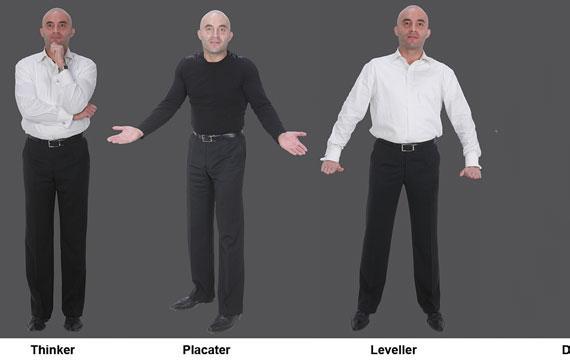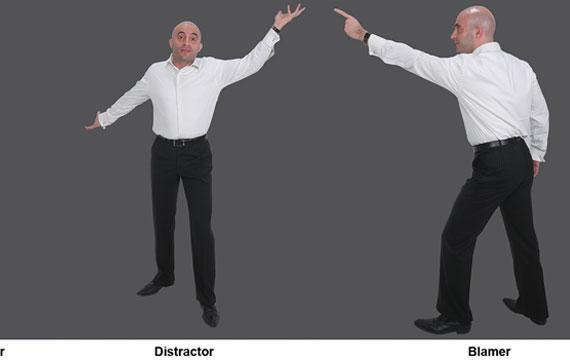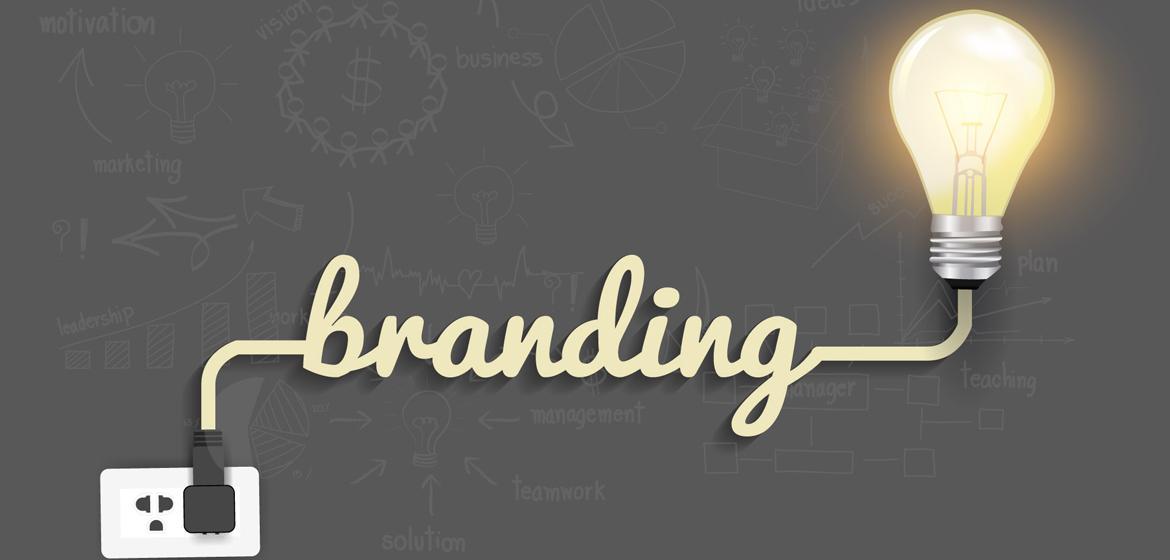A useful guide for those who want to impress.
How many times have you left a presentation saying to yourself, “that was great, I wish I could do that! Why can’t I be that good?” Communication is imperative to training. The quality of our communication largely determines the quality of our training and our lives. Our communication is constant, whether or not we are speaking. We all, in one way or another, send our messages out to the world, and rarely do we send them consciously. We act out our state of being with nonverbal body language.
The gestures are numerous, and while some are deliberate, many are mostly unconscious.  Non-Verbal Patterns of Communication
Non-Verbal Patterns of Communication
When first presenting and training, people often wonder what to do with their hands. Neuro-linguistic programming (NLP) which is the art of excellence in communication, found the answers by studying Virginia Satir – the famous family therapist who used a number of gestures in her routines. These non-verbal patterns of communication are specific postures and gestures that involve your entire body, including your hands. Here is a brief summary of these five non-verbal communication patterns which you will also see in the picture below:
“Leveller”:
Adopt a symmetrical physiology, hands start centrally palms down about waist height moving in an outward direction. As if you are smoothing something (like plaster). This is sending out a very powerful message. Use this sparingly during your presentation in order to make a really important point. Generally Leveller asserts authority and calms people down, so it is very good for bringing things down to earth.
 “Placater”:
“Placater”:
Adopt a symmetrical open physiology with palms turned up or open, moving in an upward or outward direction, like someone pleading for mercy or begging. This should be used rarely in a presentation as this “openness” implied by the gesture can be perceived by your audience as a “weakness” on your behalf. Use it if you want to apologize about something which is your fault. Avoid using it when you convey facts and information as you will not be taken seriously.
“Blamer”:
This posture is demonstrated by the pointing finger, jabbing finger and by leaning forward. Warning: this body language can be perceived as very aggressive so use it sparingly. It can be used to point out important issues and procedures that must be followed otherwise the audience will “suffer” serious consequences for not following the procedures. It can be used for motivational purposes during the end of your presentation when you want to inspire your audience or move them to action on a certain matter. Note that when using the pointing or jabbing finger then point above the heads of people. You don’t want to point to anyone during this gesture as this will be taken as rude and inappropriate.
“Thinker”:
To adopt this gesture you have to put one hand on chin with the other arm folded across the chest, hand supporting the elbow. Feet parallel and the hand supports the chin in a closed fist. This is the stance adopted by someone who is thinking, or about to make a decision. Use this gesture when you want to convey facts and information to your audience.
“Distracter”:
Adopt an asymmetrical physiology, incongruent and off balance weight on one foot. Use this gesture if you have a heckler in your audience who tries to annoy you with silly comments or questions. As this is an extreme gesture you should use the Leveler gesture immediately after Distracter. You don’t want the audience members to associate you with the Distracter gesture and not take you seriously. The Distracter gesture can also be performed in a more subtle way by bringing the elbows closer to your body while doing the gesture.
LEARNING STYLE
The 4MAT system comes from a study of learning styles by Bernice McCarthy. She noticed that when she was teaching children in school, they learned in different ways. In particular, they learned by asking specific questions. She put the children into four basic categories, according to their particular mindset, as follows:
- Some children wanted reasons. They were habitually asking the question WHY?
- Others wanted facts. They would be asking for information, the WHAT?
- Others would be very pragmatic. They wanted to do things, to find out HOW things worked.
- The remainder wanted to explore future consequences. They were more interested in the WHAT IF?
As adults we maintain our preferred learning style, so we will find one particular style is the most comfortable for our way of working.
The four different styles of learning
The Why? group learn best by discussing the reasons why. They want to know why something is worth doing: “Why would we need to know this stuff? Why bother to use it?” They like to explore the reasons for taking action before actually doing so.
The What? group learn best when you give them the information either orally or on a printed page. In presentations and training the WHAT people are happiest when there is so much information, and they are frantically making notes, but they can’t write fast enough to keep up!
The How? people learn best by doing. They aren’t too bothered about the theory, or the reasons. They want to be trying things out, getting the feel, the hands-on approach. Get them to do something, give them feedback on what they did, and then coach them on what they could be doing better.
The What if? people learn best through self-discovery. When they go off to do a training exercise, and you then observe them doing it, it may bear no resemblance to what you asked them to do. They may have changed bits of the exercise around or they may be doing something completely different, because they go into the exercise thinking “I wonder what would happen if we just leave that step out?” In general these people will be considering the consequences of making changes to the structure of the exercise, the consequences of doing it in another context, and any possible repercussions on themselves through not sticking to the rules. It is almost as if they are testing the boundaries: finding out where they are, where they could go and what is possible.
In any presentation or training you need to ensure that you give the information in a way that is suitable for all four learning styles. And you need to do this in a particular order:
1. Start with the whys, because until you give reasons, the why people won’t listen to the rest of the information. In a training, they won’t be motivated to do the exercises, and they certainly won’t contemplate the what ifs. It is as though they are ‘on hold’ until they have good reasons for engaging. Therefore always give the whys first.
2. Then give some what information. Obviously people need details before doing an exercise, or thinking about how they might use something.
3. Third, do the how. In a training, this is an exercise; in a presentation it might be talking them through how they could implement this information back in their own environment or workplace.
4. Last, you need to look at the consequences: What would happen if you did this? What would happen if you didn’t? What is likely to happen if you deviate from the plan? And so on.
The entire process is of course great in theory and you have to start putting these into practice. In December 2016, ICPAC held two workshops on presentations. They were held in Limassol and Nicosia and over 100 members attended some of which appear in the photo above.
Be different, be unique, put all these into practice and soon you will be having people say “Wow, that was a great presentation. I wish I could do that! Why can’t I be that good?”



